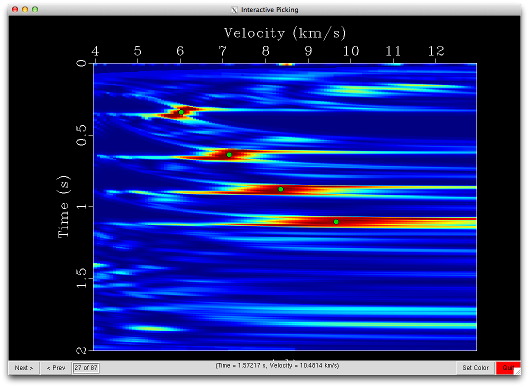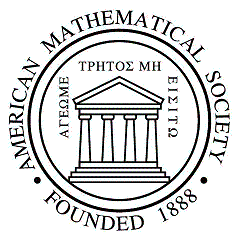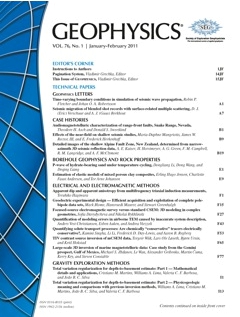Madagascar was set up by researchers for researchers, and this gives it some unique qualities. Sometimes user questions on mailing lists and in-person communications to people involved with the project reflect attempts to examine to what extent madagascar can be used for seismic data processing and imaging in a production environment. This post does not attempt to highlight the qualities that Madagascar already has — the wiki and blog are dedicated to that. It is not a feature request list from the main developer(s) either. It is an attempt to clarify the current usability limits of the package when it comes to production. It is also a maximal list — I am not aware of a single production system that has all the features below. So, what is the current delta between Madagascar and an optimal production system? In no particular order:
– Dataset exploration tools. Click on this trace, on that one, plot headers over data in an interactive workflow… be able to understand the data quickly. Be able to try many encodings quickly for headers and for data, like an automated lock picker. Ancient packages who have accrued decades of lessons of encountering messed-up SEG-Y have a strong advantage here. Also, may need to handle SEG-D and other arcane formats.
– Geometry. Original data is in a global x-y coordinate system (usually UTM, but there are others too). Most work is done on the inline-crossline grid. Migration occurs on a physical units grid parallel to the inline-crossline grid. Various steps may employ different such local coordinate systems. Each of these can be left-handed, with negative increments, etc. The project history needs to know at every moment what coordinate system the data is in (with a pointer to its unambiguous definition) and to transform between all of them easily (including the rotations).
– Autopicking, manual picking and interactive pick editing tools.
– Dealing with borehole logs, horizons, and other such “foreign objects”
– Centralized job submission and logging — the system remembers the script for each job (including what internal or external client it has been run for — for billing purposes). In madagascar the history file helps somewhat, but sometimes it is difficult to reconstitute the flow because a job may involve more than a file, and not all parameters are written to the history file. Having a centralized job database, and writing to header which job created the file, is much more effective.
– Separation of I/O and algorithms. The algorithms and the I/O are mixed in m8r programs. Instead there should be procedures (subroutines/functions) that are independent from the I/O form used, with drivers that can do I/O. This prevents reusing the same code between programs, and also prevents the reuse of subroutines in flow-based processing (allocating once, then calling procedures that act on the same ensemble of data). This applies even to the humble Mclip.c on the wiki. The “business logic” should be incapsulated into one or more libraries per user, and these should be installed in $RSFROOT/lib, so they can be called from other user directories without code duplication or symlinks.
– Parameter registration, so each program can be interrogated: “what types of files do you need for input, how many dimensions, etc”, “what are reasonable parameter ranges”, etc, and incompatibilities can be automatically spotted at the start-up check, instead of a week into the workflow.
– Large-scale distributed: (1) data re-sorting based on headers, and (2) multidimensional transpose. Sorting and transposing data to create the input for some types of migration may currently take much more than the migration itself
– Some common processing tools (f-x-y decon, etc)
– Widespread openmp parallelization of programs. Having procedure in place that ensure thread safety, and consistent conventions about the level at which shared memory parallelization happens.
– A generic parallelization framework with production features (ability to launch in small batches, re-send failed jobs to other nodes, smart distributed collect with checkpointing, adding and subtracting nodes during the job, preparing HTML or PNG reports as to the state of the job upon a query, etc). A full list of features for this item can be quite long.
– Package-wide conventions, i.e. let’s use only full offsets in all CLI parameters for all programs, no half offsets.
– Hooks for interfacing with a queuing system (OpenPBS/etc). Users should not have the permissions to ssh/rsh directly into the nodes of a properly set up cluster.
– A GUI for setting up flows so CLI-challenged people can still be productive, and newbies can discover system features easily. Of course, the system should still be fully scriptable. Like any software, this GUI needs to be used by a number of people large enough so that bugs are ironed out, otherwise it will just be bypassed because of buginess.
– Visualization with zoom and interactive annotations in 2-D, interactive visualization of 3-D data volumes (regularly and irregularly sampled). Or, even better, the ability to output in a format that can use open source third party visualization, using geophysical or medical imaging visualization packages.
I am sure there are many other features that can be added to this list. This is just my brain dump at this moment.
Again — the above enumeration was neither a criticism of madagascar, nor a request for work in these directions (as the needed quantity of work for some of them may be enormous). These are not flaws — m8r is an excellent research, learning and technology platform.
The reasons why established companies have not contributed such features to madagascar (or other open-source projects with a living community) is of course that they already had somewhat satisfactory software solutions for them, otherwise they couldn’t have been in business. Then, the only hope was from startups. Startups however, even when they do not explicitly sell their code, they think of being able to sell the company to someone who might want to do that, and might view non-GPL software as a more valuable asset. So no wonder there have been so few contributions in the above directions. The correct solution to this quandary is companies recognizing that, like the operating system, none of this infrastructure provides a competitive advantage (algorithm kernels do), and thus sharing costs with other companies is the logical thing. The disadvantage of reducing the entry barrier to newcomers is balanced by the improved quality of the platform through collaboration and a larger user base, having new hires already proficient with it (both as users and as developers), and saving money that can be directed to core business.


 Please consider
Please consider  If codes from Madagascar played an important role in the research that led to your paper, referencing it is a scientifically ethical thing to do. As stated by the
If codes from Madagascar played an important role in the research that led to your paper, referencing it is a scientifically ethical thing to do. As stated by the  How to cite Madagascar? Mike Jackson from the
How to cite Madagascar? Mike Jackson from the 

 The
The